|
|
We can try to explain what is permitted by BS 1363-1, even if we cannot always give the reasons for the requirements.
- F# ~/ ~; @3 a) H. l2 s" s, tTable 2 describes the maximum plug ratings according to the size of cord fitted.4 u2 }9 R$ m1 h( v7 \# U
The usual maximum rating when fitted with 0.75mm cord is 6 Amperes.
4 Q+ V" c7 @7 b Q3 V i2 \A rating of 10 Amperes can be assigned, provided that the cord length is no more than 2 metres and the parameters for testing at 10 Amperes are used. These are more onerous than for 6A.4 L2 @- w5 Q8 D; K& t0 o
The test parameters used during testing of your samples were appropriate to the usual rating of 6A.4 U' J( L8 n: {7 s1 g
# T' o6 W" H( ]
The purpose of the fuse in the plug is to protect the cord, not the appliance which the cord is connected to.9 S8 Y$ A& p y0 T" [" k5 u
Table 2 gives the maximum rating of fuse according to the plug rating.6 s# M* v! \; G
It allows fuses up to 13A to be used with plugs rated 6A, 10A or 13A.
$ P0 b. U; H0 S! T" P NThe plug must be marked with the rating of the fuse link fitted. 1 p' C; p+ @0 U% C
This means that your plugs with 0.75mm cord are rated 6A but could have a 13A fuse and be marked 13A, but they must not be supplied for use where the rms current exceeds 6A.2 w7 t6 X6 o+ R8 {4 C! i
(An initial higher current such as for motor starting is permitted).- s {/ d& [$ |0 G+ b6 ?
The plugs could have lower rated fuses but the marking must always show the rating of fuse fitted.- K z; }! t* X
Appliance manufacturers may have a preference for the size of fuse. |
|



 窥视卡
窥视卡 雷达卡
雷达卡 发表于 2011-11-16 23:03
发表于 2011-11-16 23:03
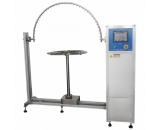

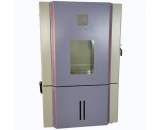

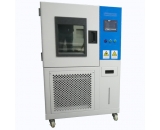

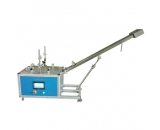

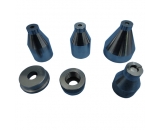






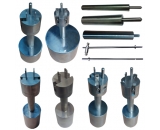
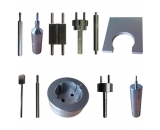
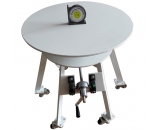
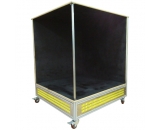

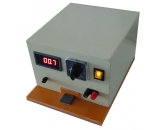
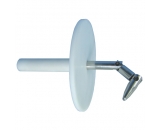
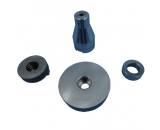
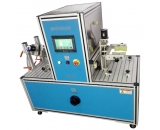
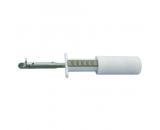
 提升卡
提升卡 置顶卡
置顶卡 沉默卡
沉默卡 喧嚣卡
喧嚣卡 变色卡
变色卡 抢沙发
抢沙发 千斤顶
千斤顶 显身卡
显身卡 楼主
楼主













